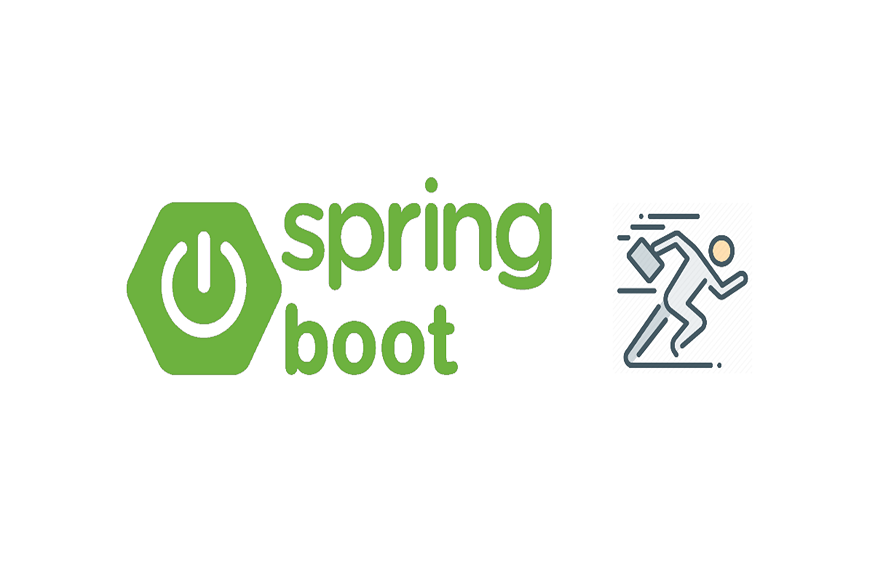
Overview of Spring Boot and WildFly Server for Java Applications
Some of you might be wondering how great it is to have applications that are compatible with your smartphones and laptops. They’re two different electronic devices, but our IT experts were able to make it possible. I guess these developers and programmers aren’t only using their skills but their knowledge as well because they have to keep on learning.
You can’t say that you’ll only focus on a single programming language because that won’t make you grow. That’s why you started from DOS-based instructions to window-based,but the digital age made things advanced so fast. Thus, we now have more complicated PLs since making instructions requiresa combination of the old programs and various tools.
Anyway, the result of these benefits everybody. That’s why they have mobile, gaming, business, web, and AI applications, to name a few. I suppose the emergence of this technology has changed our lifestyles and made different establishments globally competitive. That’s why the experts don’t stop developing platforms integrating Java apps for various purposes.
What’s Java technology?
It’s a programming language released in 1995 by Sun Microsystem. This PL is independent, allowing programmers and developers to compile instructions or codes in an OS. You may also execute these in a different operating system.
You have to learn the basics of programming before writing your codes. It’s object-oriented, anyway, so it will perform all operations based on given instructions. What makes a programmer love this is that it can process multiple codes instantaneously and run at once.
If you’d like to learn this PL, you must install what’s required based on your computer’s specifications and settings. Today, tools and frameworks, such as Spring, are even used so that the codes will execute accordingly.What is Spring Boot in Java?
Spring
It’s a framework for the Enterprise Edition (EE) and is used in building applications that eliminate dependency on computer programs for easy troubleshooting –thus permitting creators to be more productive.
It depends on servers which must be manually configured and set up when testing projects. For example, you have to configure XML or Extensible Markup Language, which allows you to share data. Descriptors are required when running applications that are designed with lines of boilerplate codes.
Spring Boot
This is a framework used in developing APIs or Application Programming Interfaces. An API refers to rules that describe how apps will connect so that they can communicate. Representational State Transfer API, for instance, will conform to the architectural design of REST.
Here, stand-alone applications based on Spring are automatically configured through RAD, thus speeding up and simplifying developments. So bootstrapping is faster due to default configurations. It provides built-in servers like Tomcat, a CLI tool for developing or testing, and plug-ins for Gradle, as well as Maven.
It’s free to use, thus, an ideal tool for new developers. Setting it up and downloading the necessary packages require less time. If microservices are involved, then integrating the Spring framework would be ideal – click https://www.geeksforgeeks.org/introduction-to-spring-framework/ to learn more.
Significant Capabilities
- In auto-configuration, you can initialize and start developing applications without configuring since dependencies are pre-set. The process could be fast, but human errors are condensed.
- An approach that decides which packages are needed for installation and values to use. This is possible because the user must define what he needs during the starter stage.
- This tool allows you to create stand-alone apps which can run on their own. That’s because it comes with embedded servers.
Benefits
- Building application jar and running applications without customizing deployment.
- Designed with pre-built servers without installing them. therefore, deployment is faster, and restarting time is shorter.
- Automatic configuration of frameworks.
- Provides health checking and metric configuring.
- Simplified configurations make it a flexible tool.
What is a WildFly Server and What is it Used for?
Formerly called JBoss AS under Red Hat and released as GNU LGPL. This is a free, open-source server for Java apps implementing Jakarta EE specifications. It’s specifically designed to simplify large-scale and complex deployments.
Compatible with Spring and other Java technologies. It can be used for various apps deployed via cloud environmentson different devices. Since its architecture is modular, you can define the features that are required – go here for further reading.
Key features
- Clustering aids in creating a highly accessible environment, which is ideal for balancing loads.
- Caching is designed for storing data in its memory for quick access, thus improving an application’s performance.
- Security as an essential feature makes it reliable since protecting apps from malicious activities and unauthorized access is a must.
- If a database is used in transactions, then all data will be stored here.
- It comes with messaging that allows communication between servers or apps.
- Web services can be accessible through other apps’ functions.
- A management console is included for controlling the server. Thus, monitoring the performance would be easier.




